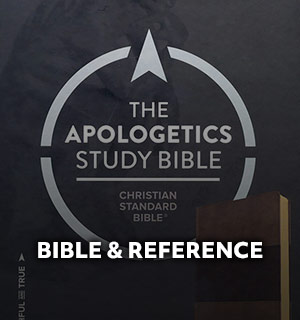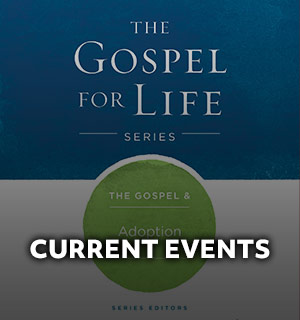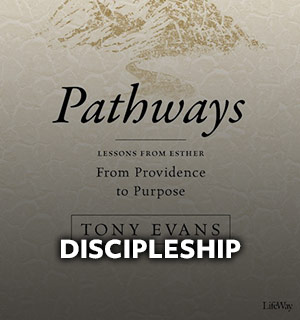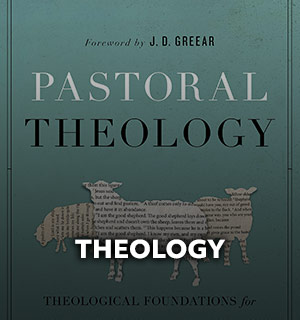By Mark DeYmaz
Jesus taught us to pray, “Thy kingdom come, Thy will be done, on earth as it is in heaven,” (Matthew 6:10).
So let us ask: If the kingdom of heaven is not segregated then why on earth is the church?
Only about 1 in 7 churches in the United States is considered multiethnic—where 20 percent of the congregation is racially diverse—according to a study by Michael Emerson and the 2010 Faith Communities Today survey.
Emerson, a Rice University sociologist, says most churches are 10 times more segregated than the neighborhoods they’re in, and 20 times more segregated than nearby public schools.
This means most American churches don’t look like America.
According to the U.S. Census Bureau, about half of children today under the age of 5 are minorities; by 2019 this will be true of young people under the age of 18, as it will of the entire population by 2043.
We should be concerned about the makeup of our churches not merely for diversity’s sake, nor due to changing demographics. We should be concerned because an increasingly diverse and cynical society is no longer finding credible our message of God’s love for all people as preached from segregated pulpits and pews. Failure on our part to recognize the changing landscape or to adapt in accordance with Scripture may soon render our work, or worse yet our message, irrelevant.
In his book, The American Church in Crisis, author and church-planting expert David Olsen says between 1990 and 2009 the population of the United States grew by more than 56 million. But the membership rolls of America’s churches grew by less than half a million people.
I believe our segregated congregations are one major reason the church in the United States has failed to keep up with the growth of our nation’s population.
Many of those congregations—at least among Protestants—were built using a strategy known as the homogenous unit principle. This principle suggests that churches grow fastest when they are made up of people from the same ethnic, economic, cultural, and educational background.
That principle is based on common sense and human experience. Most of us recognize it’s more natural and much easier to walk, minister, and worship God together with people like us (whoever that us is in any given situation).
Yet, as believers, we were not called to do easy things. Instead, we’ve been called to walk in a manner worthy of our calling, in the supernatural, to be one in the church for the sake of the gospel, “according to the power that works within us,” as Ephesians 3:20–4:1 tells us.
Nowhere in the Bible have we been given a pass on degree of difficulty. We are expected to align the church with the will of God.
We must not be hindered in our mission to advance the kingdom of God by the segregation of the local church, which unintentionally undermines the very gospel we proclaim.
It’s long past time to plant, grow, and develop multiethnic, and economically diverse churches, intentionally, biblically, and for the sake of the gospel.
But how do we go about such an important task?
Dig Deeper |
 |
| For further reading, check out these books by Mark DeYmaz.• Ethnic Blends• Building a Healthy Multi-ethnic Church • Leading a Healthy Multi-ethnic Church |
First, we must revisit New Testament teaching concerning church planting, growth, and development, to recognize the very clear and biblical mandate for the multiethnic church. If we look at the examples of the churches in Antioch and Ephesus, we see churches that displayed the love of God for all people.
Diverse believers from different cultures learned to walk, work, and worship together as one, so the world would know God’s love and believe (John 17:20-23; Acts 11:19-26 and 13; Ephesians 2:11–3:6). Men and women of various backgrounds came together to obey the Great Commandment, declare a great compassion, and fulfill the Great Commission. Their unity of mind, heart, and purpose resulted in a great expansion of the gospel.
The pursuit of multiethnic churches today must be firmly rooted in God’s Word. In other words, it’s not about racial reconciliation; it’s about reconciling men and women to God through faith in Jesus Christ.
Here are seven core commitments to help your church pursue the joys of a multiethnic ministry.
1. Embrace dependence. There are no simple solutions or shortcuts for what only God can accomplish.
2. Take intentional steps. Don’t expect to stumble into multiethnicity. A healthy, multiethnic church will be established not by assimilation but rather by accommodation. It will take adjustments in attitudes and actions to enfold diversity into the life of a growing, developing body.
3. Empower diverse leadership. Don’t establish quotas or recognize unqualified leaders, but recognize that leaders should reflect the ethnic diversity of God’s kingdom.
4. Develop cross-cultural relationships. Step outside the box of what is most natural and convenient. Remember, these relationships take time to form and cannot be agenda driven.
5. Pursue cross-cultural competence. Become familiar with the cultures to which you’re ministering to gain insight and to avoid unnecessary mistakes.
6. Promote a spirit of inclusion. Create an environment in which diverse people not only feel welcome but also feel they are a significant part of the whole. In other words, be ready to surrender personal preferences to serve others. The ability to accommodate various forms of evangelical faith and worship without compromising doctrinal beliefs is essential.
7. Mobilize for impact. Leverage multiethnicity to effect transformation both culturally and spiritually, both locally and globally.
The multiethnic church is a work of God and cannot be accomplished through human means and effort. With this in mind, only the power of the Holy Spirit along with prayer, patience, and persistence can move us forward.
In the 21st Century, it will be the unity of diverse believers walking as one—in and through the local church—that will proclaim the fact of God’s love for all people and provide the most effective means for reaching the world with the gospel.
Mark DeYmaz (@MarkDeYmaz) is pastor of Mosaic Church in Little Rock, Arkansas, and leads the Mosaix Global Network (Mosaix.info).







